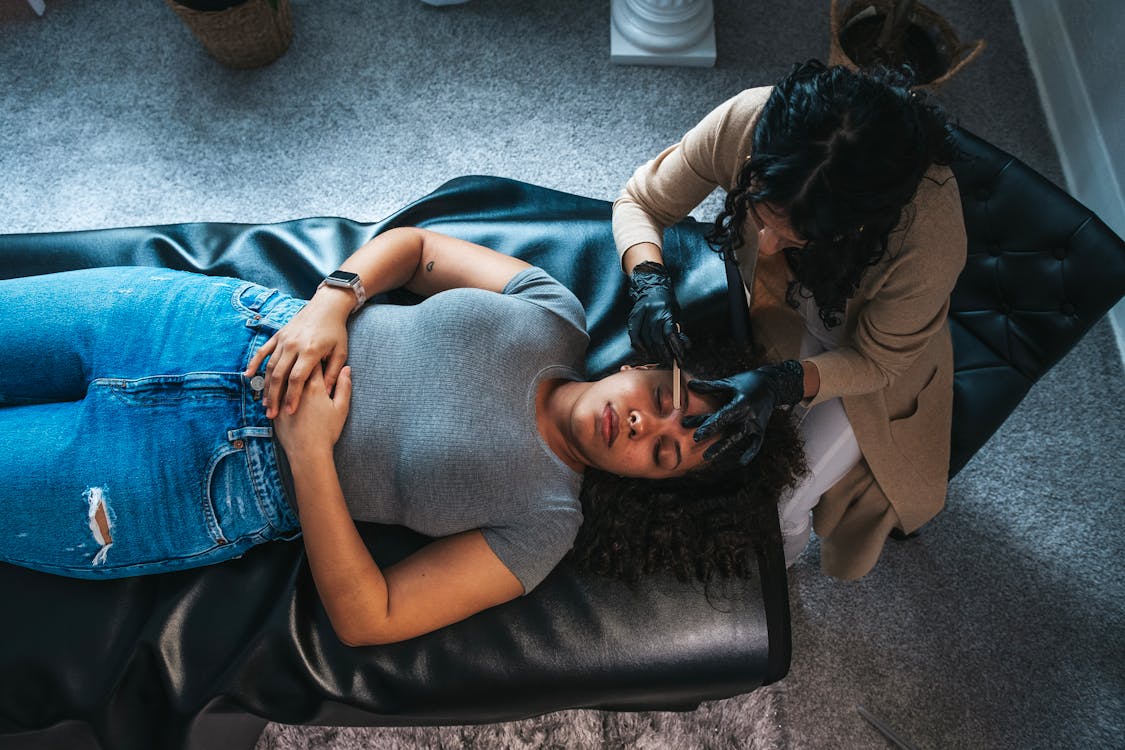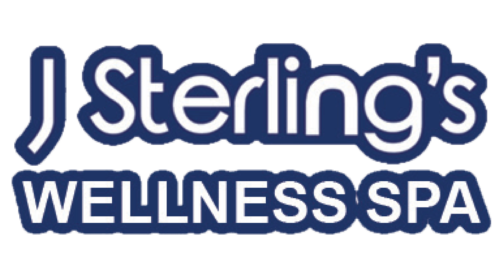When it comes to rejuvenating your skin, it’s essential to understand the various treatment options available. Dermabrasion and dermaplaning are two popular procedures that aim to enhance your complexion and restore a youthful glow. In this blog post, we will explore the key differences between these two techniques, helping you make an informed decision about the best approach for your skincare needs. Let’s dive in and uncover the difference between dermabrasion and dermaplaning.

The Exfoliation Process:
Dermabrasion: Dermabrasion involves the use of a rotating instrument with abrasive edges to remove the outermost layers of the skin. This mechanical exfoliation technique targets deeper layers of the skin, addressing concerns like scars, fine lines, and wrinkles.
Dermaplaning: Dermaplaning, on the other hand, utilizes a surgical scalpel or specialized tool to gently scrape away dead skin cells and vellus hair (peach fuzz) from the surface of the skin. It is a superficial exfoliation technique designed to improve skin texture and promote a brighter complexion.
Depth of Treatment:
Dermabrasion: Due to its aggressive nature, dermabrasion reaches deeper layers of the skin. It targets concerns that require more intensive treatment, such as deep scars, wrinkles, and precancerous skin lesions. Dermabrasion is typically performed under local anesthesia or sedation.
Dermaplaning: Dermaplaning is a more superficial treatment that focuses on the outermost layer of the skin. It is commonly used to address concerns like dullness, uneven texture, and the removal of vellus hair. Dermaplaning does not require anesthesia and is suitable for most skin types.

dermaplaning
Recovery and Downtime:
Dermabrasion: Due to its more aggressive nature, dermabrasion often involves a longer recovery period. The treated area may appear red, swollen, and sensitive for several weeks. It is essential to follow post-treatment care instructions and protect the skin from sun exposure during the healing process.
Dermaplaning: Dermaplaning is a relatively gentle procedure with minimal downtime. Some mild redness or sensitivity may occur immediately after the treatment, but it usually subsides quickly. Patients can typically resume their regular activities immediately after dermaplaning.
Targeted Concerns:
Dermabrasion: Dermabrasion is commonly used to address deeper skin imperfections such as acne scars, surgical scars, deep wrinkles, and pigmentation irregularities. It is a more intensive treatment suitable for individuals with specific concerns that require more aggressive resurfacing.
Dermaplaning: Dermaplaning is effective in improving skin texture, enhancing product absorption, and promoting a smoother complexion. It is ideal for individuals looking to achieve a more even skin tone, diminish superficial scars, and experience the benefits of gentle exfoliation.
Dermabrasion and dermaplaning are both valuable techniques in the realm of skin rejuvenation. While dermabrasion is a more invasive procedure targeting deeper skin concerns, dermaplaning offers a gentler and superficial exfoliation experience. Each treatment has its unique benefits and is suited for different skin concerns. Consulting with a skincare professional is crucial to determine which approach aligns best with your desired outcomes and skin condition. At JSterlings Spa, our experts are ready to guide you on your journey to healthier, more radiant skin.

